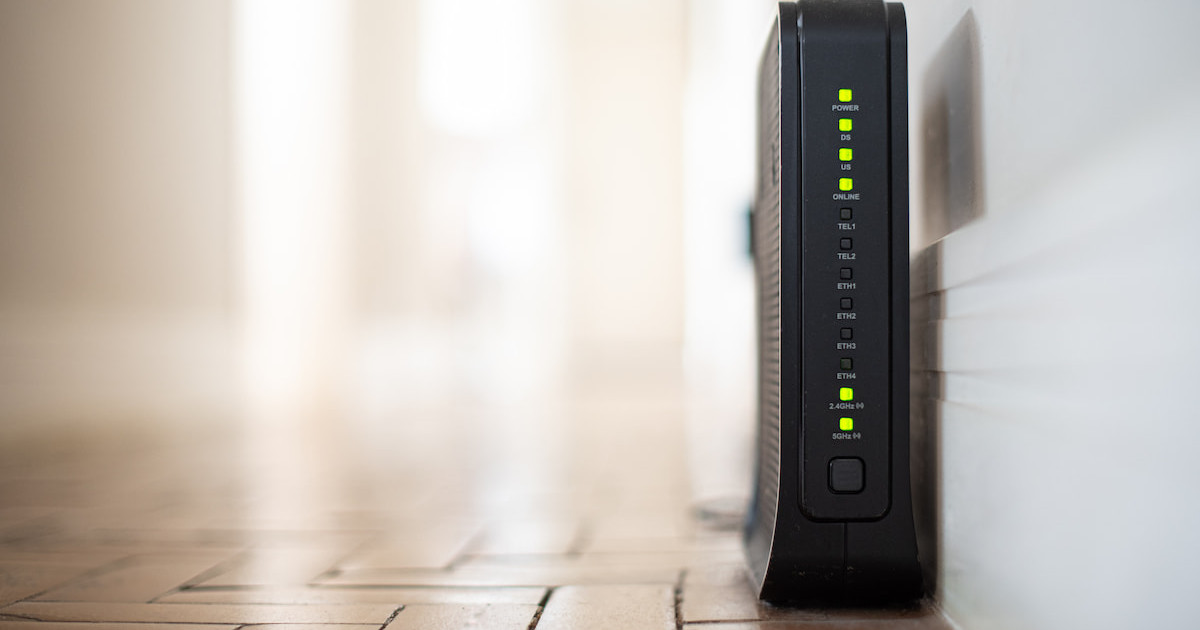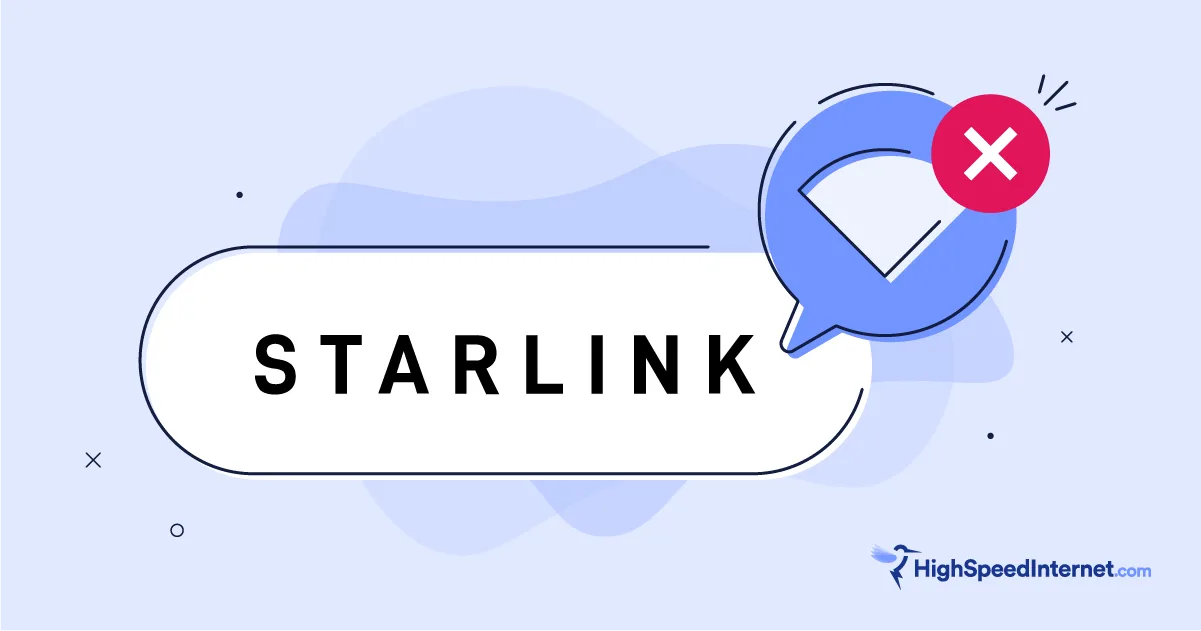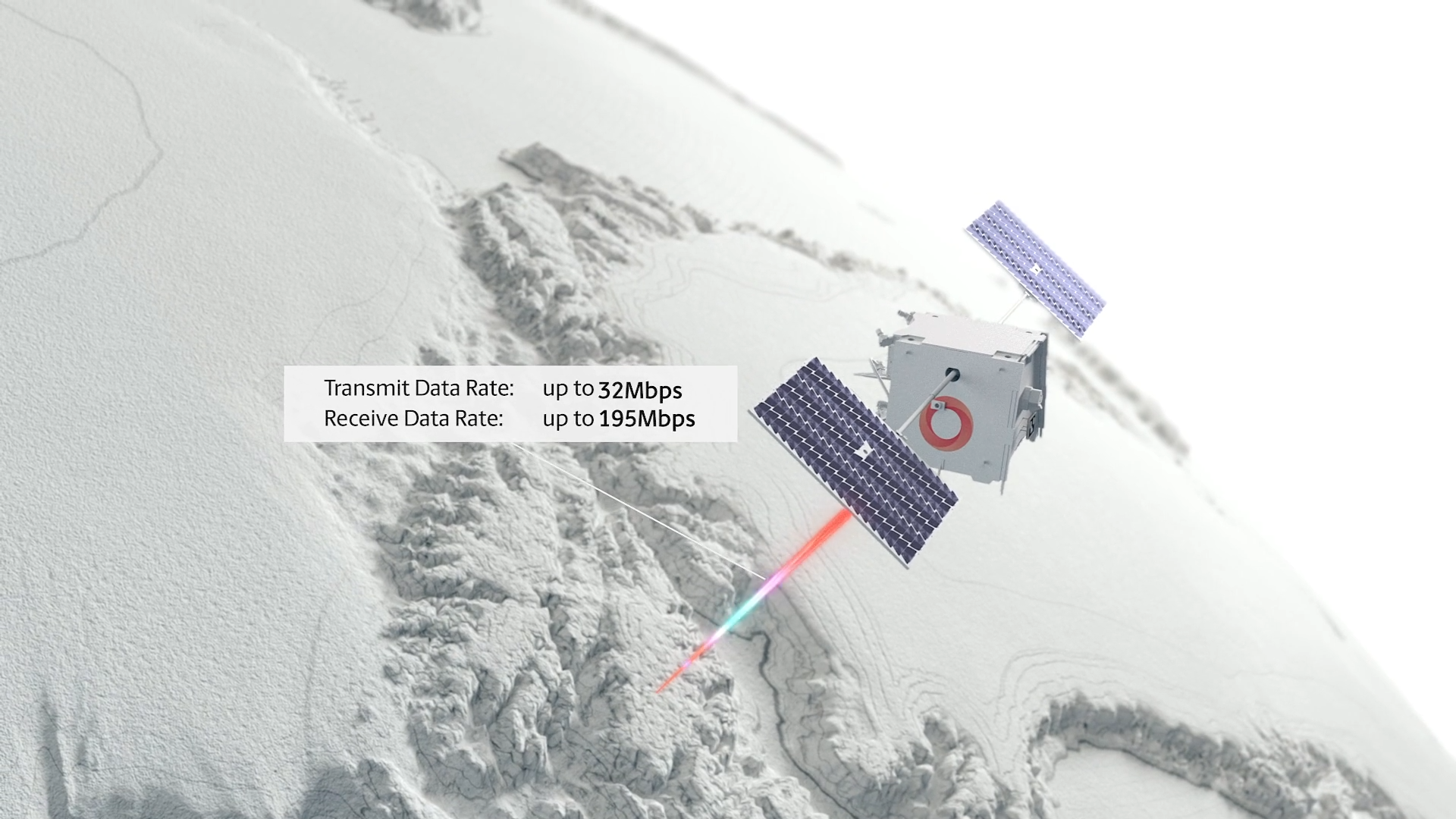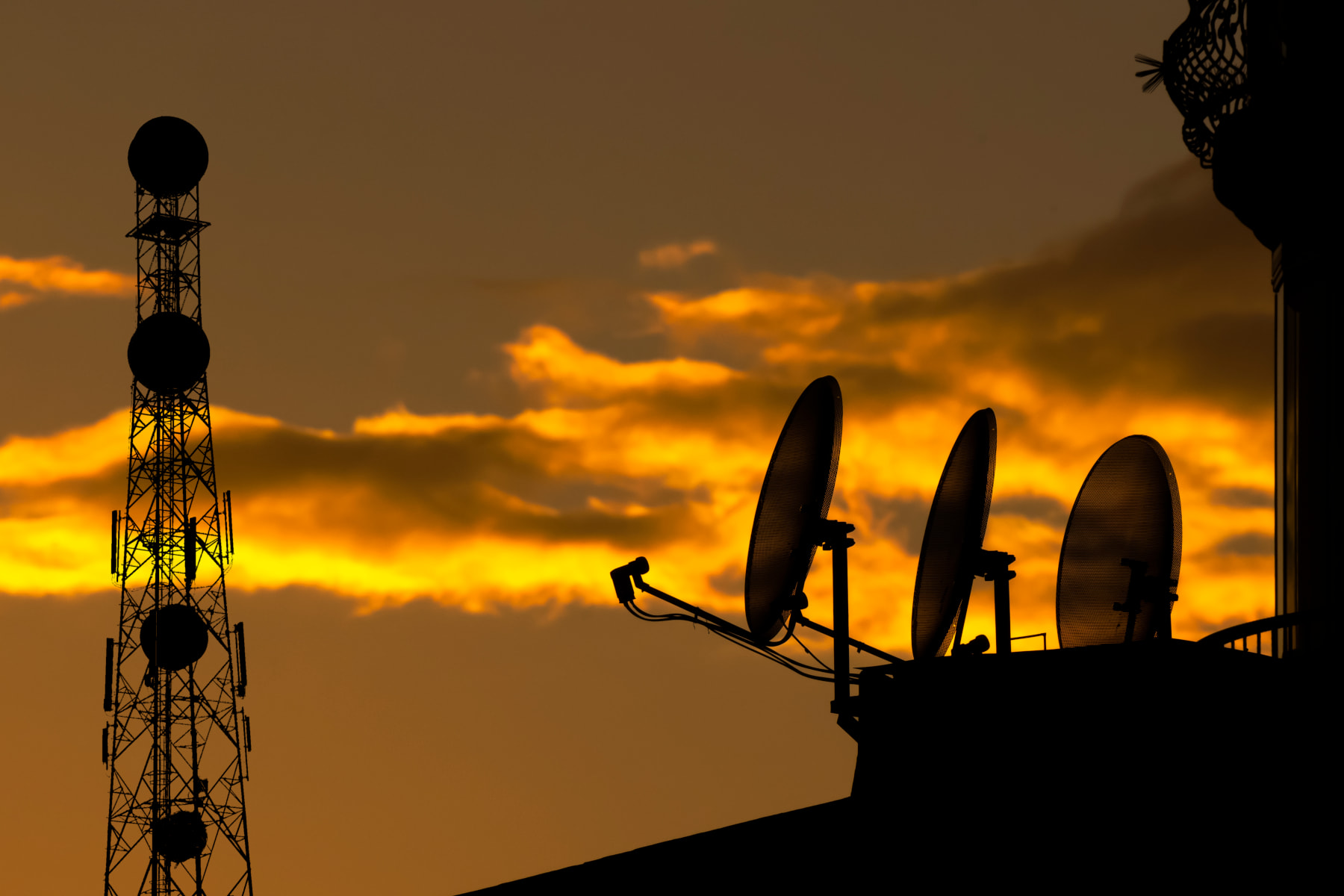How to Switch Internet Service Providers with Less Hassle
Smoothly transition to a new internet provider.
Oct 12, 2023 | Share
Brand Guides, FAQ
Switching to a new internet service provider (ISP) doesn’t have to be a headache—it just takes a little research and planning—and we’re here to help you with both. Whether you’re after faster speeds, more reliability, or a better deal, we’ve got the tools and know-how to make your ISP switch a breeze.
Switching ISPs in 5 simple steps
We go into each of these steps in detail, but here’s a quick rundown of what to expect when switching internet providers.
Step 1: Find ISPs in your area
What internet providers are available to you depends entirely on where you live. Use our zip search below for an immediate list of ISPs near you.
Step 2: Choose your new ISP
Assess different provider plans for speeds, price, features, and policies to find the best fit.
Step 3: Analyze your current internet contract
Sometimes canceling your plan isn’t as simple as a phone call. Certain fees and policies may apply depending on your contract.
Step 4: Schedule the switch
Stagger the install for the new service to come in before you disconnect your current service so you’re not left without an internet connection in between your disconnect and the new install.
Step 5: Return your old ISPs equipment
Don’t forget to return any rental modems, routers, gateways, or extenders, you’ll be charged high fees otherwise.
Find out what ISPs are in your area
You need to find a new ISP before you can change your internet service. Enter your zip code below to find out what internet providers are available in your area.
Choose a new ISP
The three most important factors when choosing an ISP are the internet connection type, speeds offered, and price.
Internet connection type
The five main types of internet connection are fiber, cable, DSL, fixed-wireless, and satellite. Technically, fiber is the best type of internet service you can get—it’s the fastest and most reliable. Fiber internet customers gave high ratings in our annual customer satisfaction survey, especially for speed and reliability. However, fiber isn’t available everywhere, so you may not have access to a fiber ISP, even if you live in a big city.
Cable internet is great too. With speeds over 1,000 and wide availability, cable internet is often the most practical choice. Many cable providers also bundle their services with TV, landline phone, and even mobile service for those interested in the savings and added convenience of bundling.
Fixed-wireless is the newest type of internet service. It utilizes the wireless internet signal broadcasted from cell towers, the same kind of signal your cell phone uses to get online. Fixed-wireless ISPs may sell 4G or 5G internet plans, with 5G being the better of the two due to its faster speed and better performance all around. Fixed wireless has excellent availability, so there’s a great chance you can get it. Use our zip search (above) to find out. Fixed-wireless received the highest overall ratings in our annual customer satisfaction survey.
DSL internet uses phone lines. It isn’t very fast, but it’s a good option for those without access to cable or fiber. Satellite internet is the slowest, but you can get it almost anywhere.
| Internet type | Pros | Cons |
|---|---|---|
| Fiber Internet | Pros
| Cons
|
| Cable Internet | Pros
| Cons
|
| DSL Internet | Pros
| Cons
|
| Satellite Internet | Pros
| Cons
|
| Fixed-wireless Internet | Pros
| Cons
|
Speed
You want to get enough speed to comfortably accommodate your daily web activity, but you also don’t want to pay for more speed than you need. For most households, the sweet spot is somewhere between 100–300 Mbps.
Know your current internet speed so you can use it as a reference when choosing your new internet speed—you can use our internet speed test.
The tricky thing to understand about internet speed is that it doesn’t determine how fast your data actually travels. It measures how much data you can use at one time. This is why there’s no benefit to purchasing more internet speed than you need.
Price
Internet plan prices vary depending on the provider and region. To start comparing the prices of your ISP options, you need to know what specific ISPs you have access to—you can use our zip code search tool below.
Starting a new internet plan usually has costs besides the monthly plan rate. Look out for installation fees, equipment rental fees, and data overage fees.
For some extra savings, you may want to consider bundling your internet with another service like TV or phone. You can also check our internet deals page to see current ISP promotions.
Understand your current internet contract
Before you cancel your current internet plan or sign up for a new one, find out if you’re subject to a contract term and subsequent early termination fees. If you’re still in a contract term, find out when it expires. It may be worth waiting a month or two to avoid paying extra fees.
Also, consider bundled services, like TV, phone, or even mobile plans. If you have a bundled plan, you’re probably receiving a discount. If you keep any of the other services after canceling your internet, learn what the new cost will be after you discontinue internet service and lose your bundle discount.
Schedule the switch
First, schedule the new service start date and installation. It’s best to install the new service before shutting off your current internet plan. That way, you minimize the time you have to go without internet.
Once you have a start date for your new internet service, schedule a shutoff for your old service. To cancel your plan, you probably need to call your current provider and speak to a reconciliation or loyalty rep who may try to change your mind. It can be quite a process, but you only have to do it once.
This is also a good time to figure out how to return your old ISP’s rental equipment.
Return any rental equipment
If you rented equipment from your prior ISP, you need to return it. If you don’t return the equipment, or don’t return it fast enough, you’ll certainly land yourself a huge fee—probably hundreds of dollars.
Your options for returning the equipment depend on your old provider’s policies. You may be able to return the equipment to an ISP store, the ISP may give you a prepaid mail label to send it in, or a tech might come to pick it up.
FAQ
How do I cancel my internet plan?
What’s the best way to switch internet providers?
How do I find a new internet service provider?
Our zip code search tool is a quick and easy way to find out what ISPs are available in your area.
Author - Austin Aguirre
Austin worked as a broadband technician installing and troubleshooting countless home internet networks for some of the largest ISPs in the U.S. He became a freelance writer in 2020 specializing in software guides. After graduating with a BS in technical communication from Arizona State University, he joined the team at HighSpeedInternet.com where he focuses on home network improvement and troubleshooting.
Editor - Rebecca Lee Armstrong
Rebecca Lee Armstrong has more than six years of experience writing about tech and the internet, with a specialty in hands-on testing. She started writing tech product and service reviews while finishing her BFA in creative writing at the University of Evansville and has found her niche writing about home networking, routers, and internet access at HighSpeedInternet.com. Her work has also been featured on Top Ten Reviews, MacSources, Windows Central, Android Central, Best Company, TechnoFAQ, and iMore.





